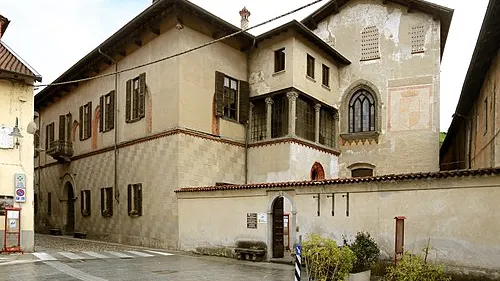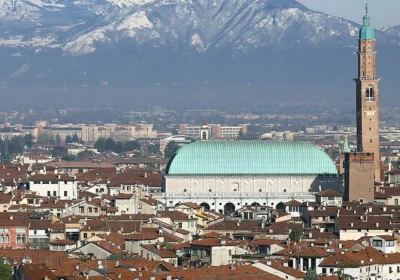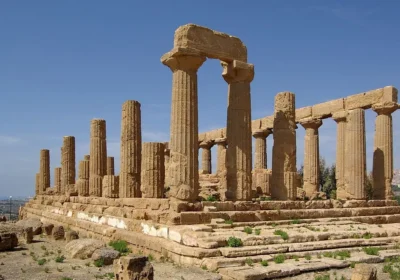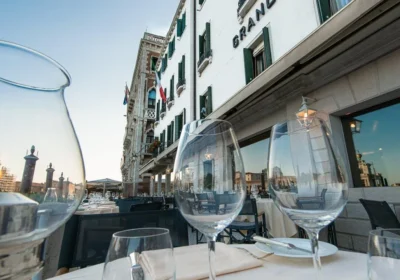Castelseprio Mysteries. Castiglione Olona – Renaissance in Lombardy
In the fifth century, the Roman Empire falls under the onslaught of barbarians. And what would happen next? The so-called “dark years” – the invasions of the Goths, Visigoths, Lombards.
We invite you to go back in time and visit the ancient Castrum.
Castelseprio is a Roman fortress that was occupied by the Lombards and turned by them into a fairly important settlement on the road from Milan to Varese and onwards to Lake Maggiore or Lake Lugano. But in 1287, troops led by Otto Visconti, archbishop and ruler of Milan, stormed the fortress, destroyed it and prevented it from being rebuilt. The ruins of the Basilica of St John the Evangelist, the Baptistery and the Church of St Paul the Apostle, built by the Lombards in the V-VI centuries, have not survived, but the small church of St Mary outside the gate, the remains of the monastery and the defence tower in front of the fortress have survived. In 1944, the frescoes in the church of St Mary – which had been used as a warehouse – were uncovered, which are still disputed by scholars and are called one of the most mysterious in Italy. Some say the ninth century, some say the seventh, and some even earlier.
Castiglione Olona is called a corner of Tuscany in Lombardy, and it is thanks to one of the owners of the medieval village, Cardinal Branda Castiglione. The Castiglione’s have owned this land since the 11th century and they have given Italy many prominent personalities. Branda Castiglione, one of the most famous of them, was a cardinal, politician, humanist, patron of the arts and a careful steward of his estates.
Besides the magnificent frescoes by one of the originators of the Renaissance, the Tuscan Masolino, in the baptistery, you will also find the cardinal’s palace itself.
You can also indicate the sights you would like to visit.
Besides the magnificent frescoes by one of the originators of the Renaissance, the Tuscan Masolino, you will also find the cardinal’s palace in the baptistery.

















